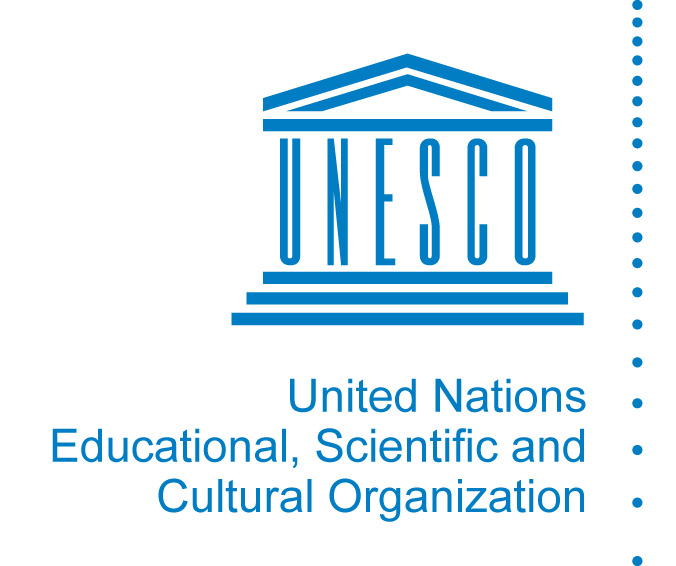The historical developments highlighted below show the growing momentum and increasing focus at the international and regional level on addressing SRGBV.
|
Timeline of policy commitments and international agreements 1960: UNESCO Convention against Discrimination in Education was adopted in 1960 – Signatories agree to the principle of non-discrimination and that every person has the right to education. The Convention expresses that a safe and violence-free learning environment is an essential part of a quality education.
1979: Convention on the Elimination of all Forms of Discrimination Against Women (CEDAW) was adopted (entered into force in 1981) – Signatories must take positive measures to prevent, investigate, prosecute and punish any incidents of GBV, which are condemned as a form of discrimination that violates the human rights of girls and women (General Recommendation 28 – Paragraph 2).
1989: Convention on the Rights of the Child (CRC) was adopted (entered into force in 1990), obligating states to ensure that children are properly cared for and protected from violence, abuse and neglect by their parents, or anyone else who looks after them (Article 19: Protection from all forms of violence), without discrimination (Article 2), and including the best interests of the child (Article 3).
2000: Dakar Framework for Action Education for All – The Framework sets out a plan of action aimed at achieving the six internationally agreed Education for All (EFA) goals. The Dakar Framework for Action outlines key strategies for meeting the EFA goals, including preventing violence and conflict, and creating a safe learning environment.
2006: World Report on Violence against Children (Pinheiro, 2006) is published and is the outcome of the first comprehensive global attempt to describe the scale of all forms of violence against children and its impact. It includes a chapter on ‘Violence against children in schools and educational settings’ (Chapter 4).
March 2015: Beijing Platform for Action (Beijing+20) – The 189 UN Member States that adopted the Beijing Declaration and Platform for Action took up the global call to end all forms of violence against women and girls by highlighting violence as one of their 12 critical areas of concern. They agreed on a comprehensive definition of what violence is, whether it takes place in the family or community, or is perpetrated or condoned by the state. In addition, they made the education and training of women one of 12 critical areas of concern.
April 2015: The Executive Board of UNESCO, comprising 58 member states, adopted the Learning without Fear decision to commit to designing and implementing national policies and action plans to support safe, inclusive and effective quality learning environments for all children. This first-ever UN decision on SRGBV acknowledges its negative consequences on children’s health, learning, school attendance and school completion.
May 2015: Incheon Declaration – Participants at the World Education Forum (held in Incheon, Republic of Korea) endorsed the Incheon Declaration – Education 2030: Towards inclusive and equitable quality and lifelong learning for all. Article 8 states: ‘We recognize the importance of gender equality in achieving the right to education for all. We are therefore committed to supporting gender-sensitive policies, planning and learning environments; mainstreaming gender issues in teacher training and curricula; and eliminating gender-based discrimination and violence in schools.’
September 2015: Sustainable Development Goals – Goal 4 includes a target to ‘Build and upgrade education facilities that are child, disability and gender-sensitive and provide safe, non-violent, inclusive and effective learning environments for all’. Goal 16 includes a target to ‘Significantly reduce all forms of violence and related death rates everywhere’. Goal 5 includes various targets on gender equality and empowering women and girls, ending discrimination and eliminating all forms of violence against all women and girls in public and private spheres. |
